Community Report: Looking Ahead to 2026
Happy New Year to the Nexus community! As we step into 2026, we’re excited to kick off a strong

Imagine trying to understand a city by peering through a keyhole. You might catch glimpses — cars driving by, people on the street — but the full system of roads, buildings, and interactions remains hidden. For many, this is what blockchain feels like.
A blockchain explorer is a tool to make blockchain activity more legible and more tangible. An explorer makes the activity on a blockchain network visible, traceable, and understandable, turning cryptic block data into readable information.
Whether you’re an investor, developer, auditor, or simply curious, a blockchain explorer provides a clear view of what’s actually happening onchain.
This is post is part of an ongoing series that we call Nexus 101. You might also be interested in our post about how to use the Nexus CLI:
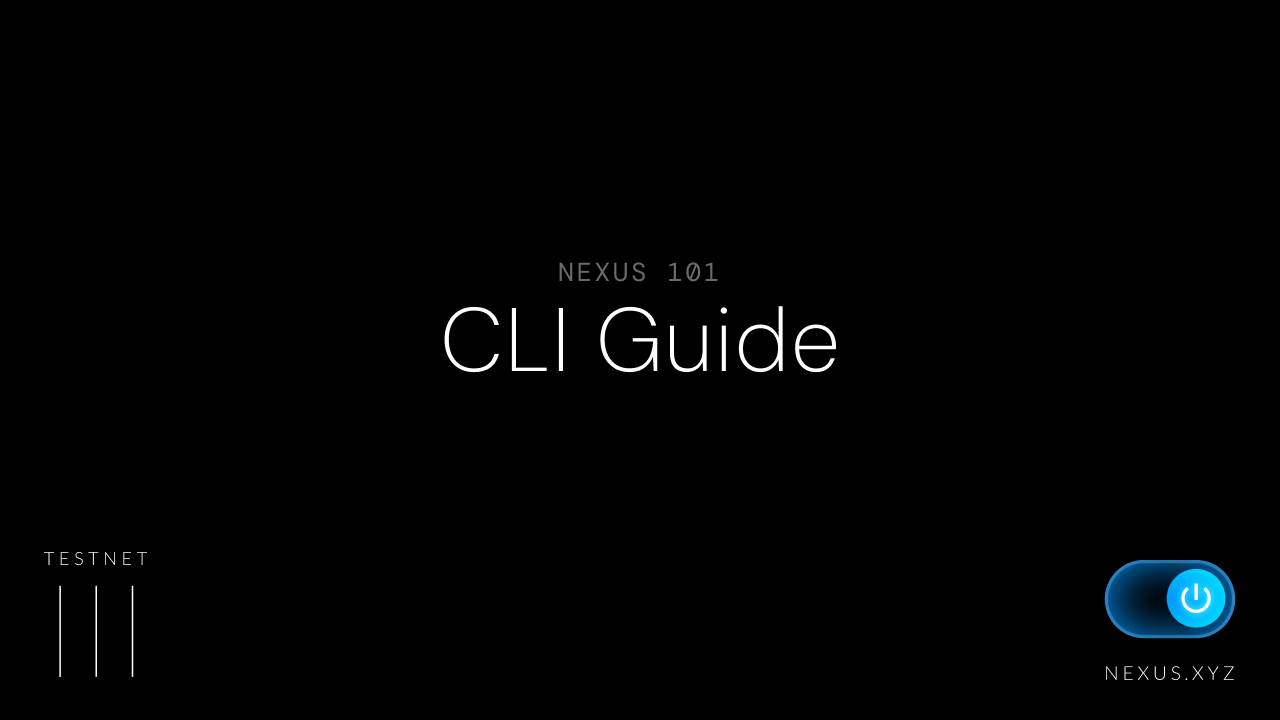
At its core, a blockchain explorer is a search engine and analytics dashboard for a blockchain. Just as you might search Google to find websites or data across the Internet, you use a blockchain explorer to look up transactions, addresses, blocks, contracts, and tokens on a blockchain.
But it’s more than a search bar. Explorers decode and present raw blockchain data — data that’s stored in cryptographic formats across distributed nodes — in a way that humans can interpret. They help you answer questions like:
Explorers democratize access to blockchain data. Not only can you study and vet your own transaction data, but you can also look at other onchain activities and movements. Explorers create a sense of openness and fairness. They replace the need for blind trust in companies, institutions, or organizations with facts that are verifiable onchain.
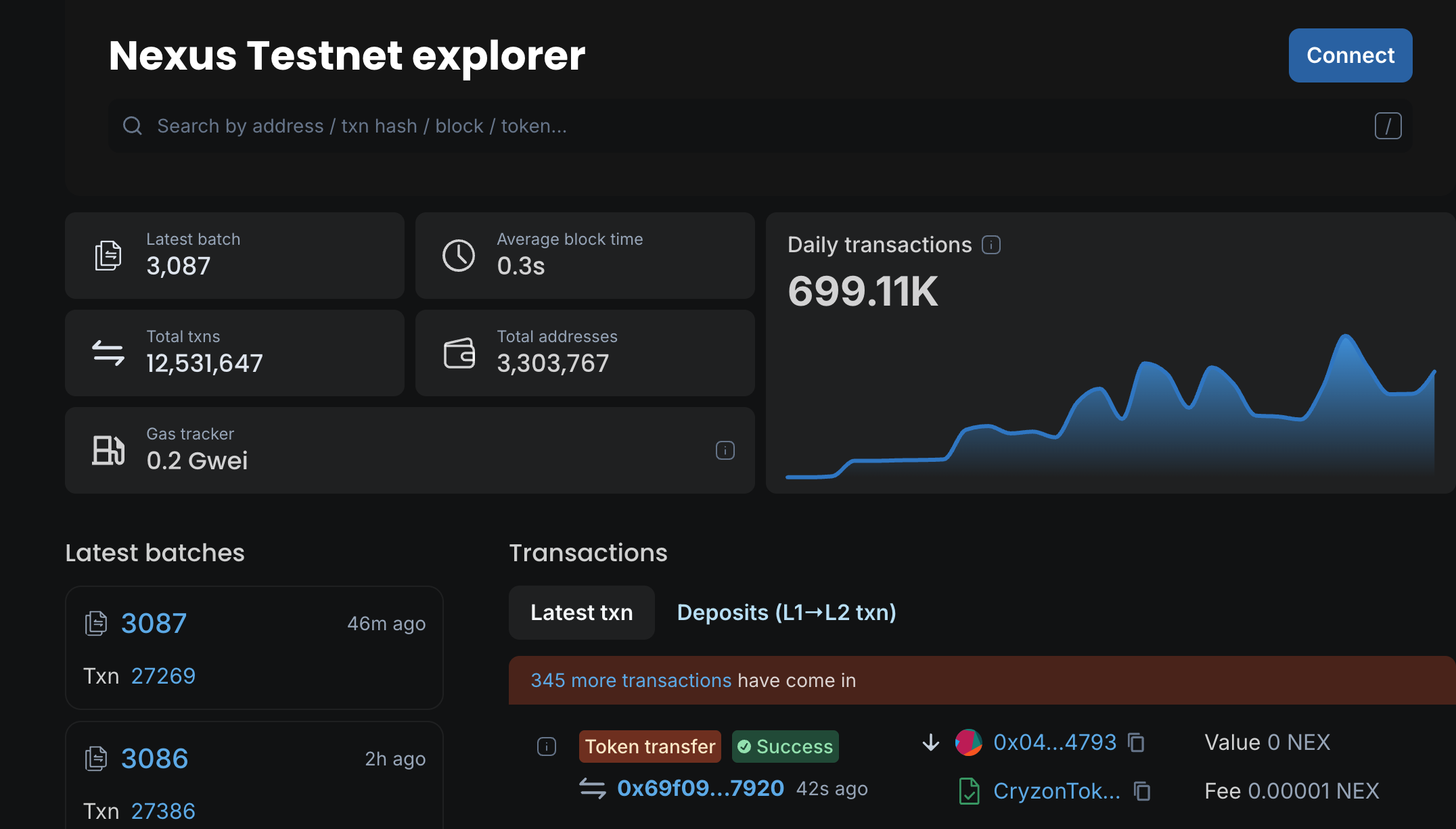
Blockchains, by design, are public and append-only, meaning new data can be added but existing data can't be deleted. Every transaction, contract deployment, or token transfer is recorded in blocks. These blocks are broadcast to the network, validated by nodes, and permanently stored in a chain-like data structure.
Blockchain explorers run full nodes of the networks they track. These nodes receive the same data as any participant in the network. The explorer software continuously parses this raw block and transaction data, indexes it, and exposes it through user-friendly interfaces — both graphical dashboards and APIs.
A well-built explorer typically consists of:
Together, these layers turn a blockchain’s constant stream of cryptographic information into an elegant, browsable ledger of activity.
Another way to interact onchain is through a blockchain-based wallet. Check out our wallet guide for more info.
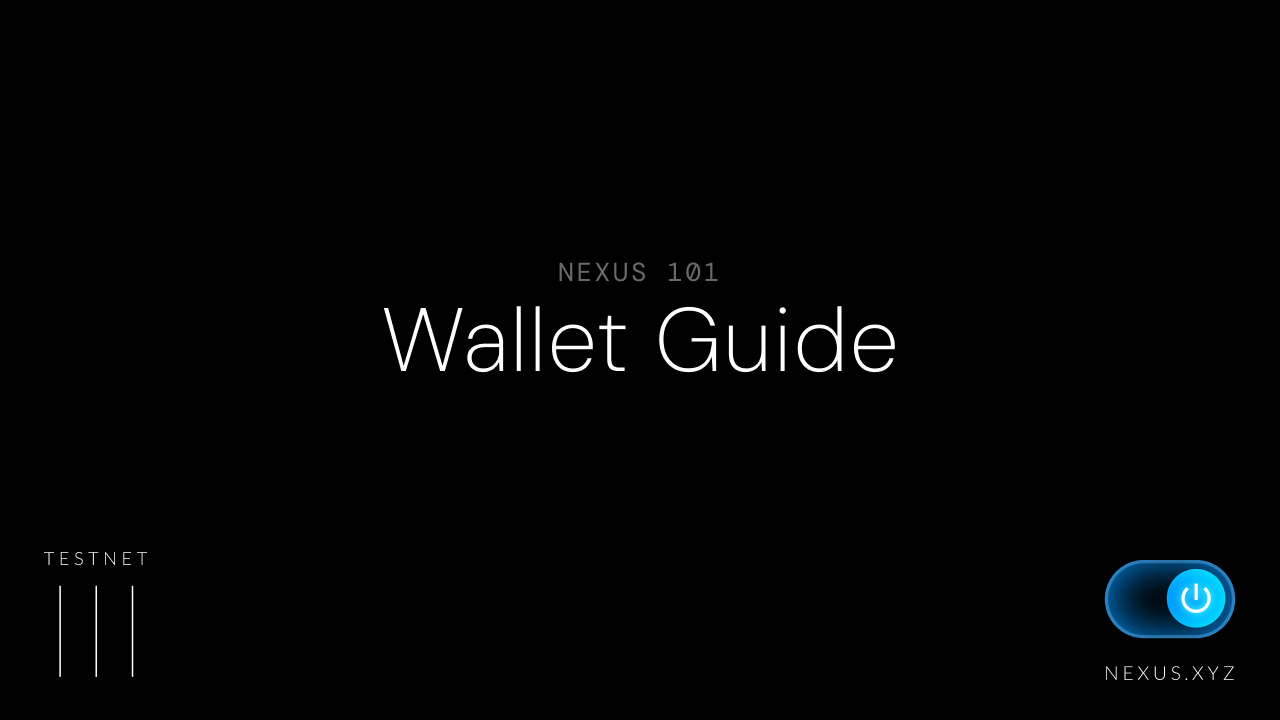
Blockchain technology promises transparency, but it doesn’t guarantee readability. Explorers close that gap. They enable everything from basic use to institutional-grade analysis.
Here are some common use cases:
In short: if the blockchain is the infrastructure, the explorer is the interface. Without it, trustless transparency would remain hidden in plain sight.
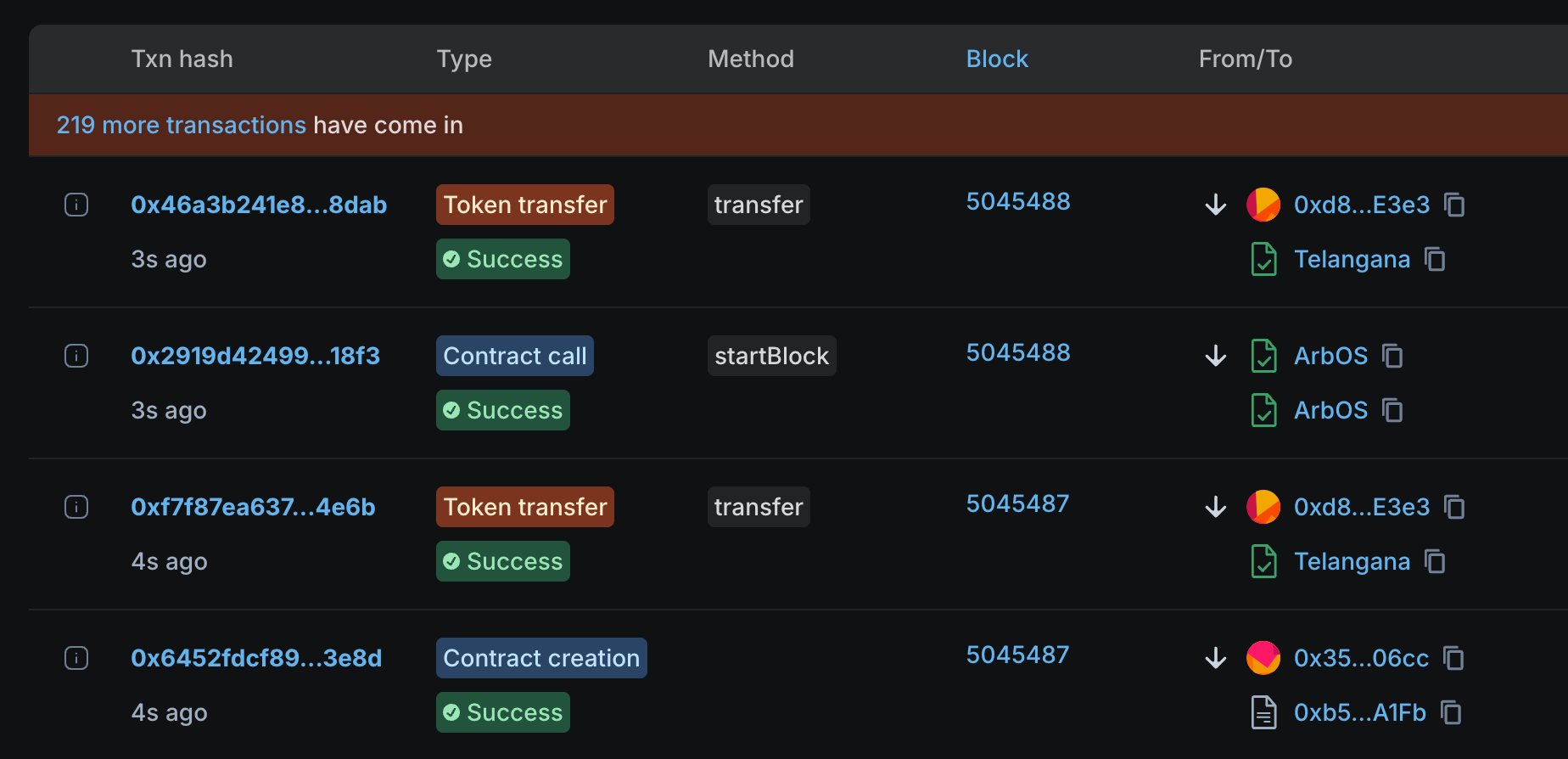
Understanding how a blockchain functions requires more than just looking at blocks. The real insight comes from understanding what the data tells us. Let’s break down five core explorer metrics and what they reveal.
Definition: A transaction is any action recorded on the blockchain. This includes sending funds, deploying a smart contract, calling a contract method, or minting a token.
What it shows: The volume and nature of transactions indicate the activity level on a network. Explorers show you when transactions occurred, their status (pending, confirmed, failed), associated fees, and involved addresses.
Why It matters: High transaction volume can signal growing usage or network congestion. For developers and users, transaction histories provide audit trails, proving that something happened — and when.
Deeper insight:
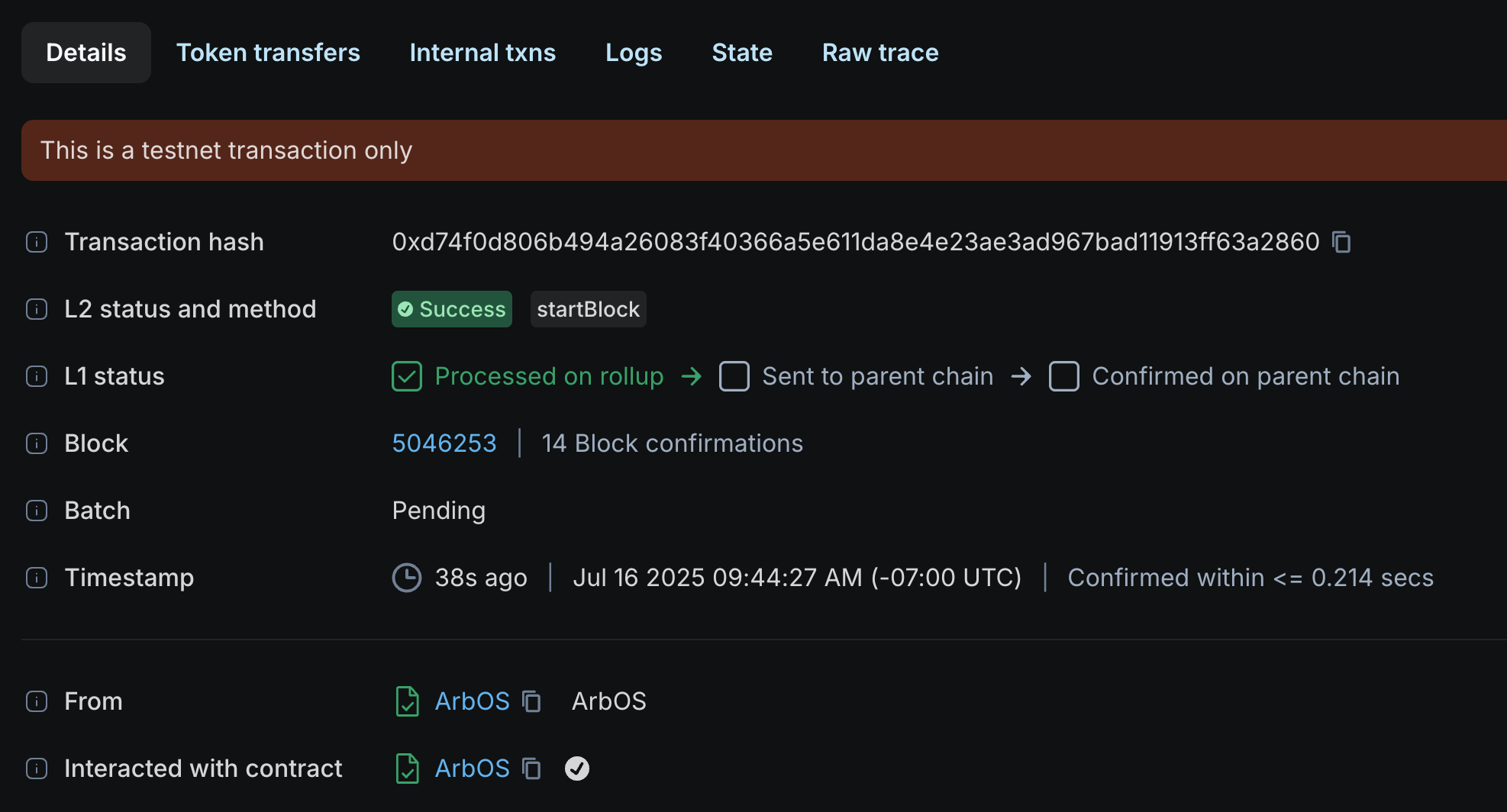
Definition: Smart contracts are self-executing pieces of code deployed onchain. Total contracts refers to the cumulative number of contract deployments.
What it shows: This metric indicates the level of developer engagement and composability. Each contract represents a deployed app, tool, or service — DeFi protocols, DAOs, NFTs, games, and more.
Why it matters: A growing number of contracts suggests innovation and builder activity. Looking deeper, explorer pages often show which contracts are most called, verified, or forked.
Deeper insight:
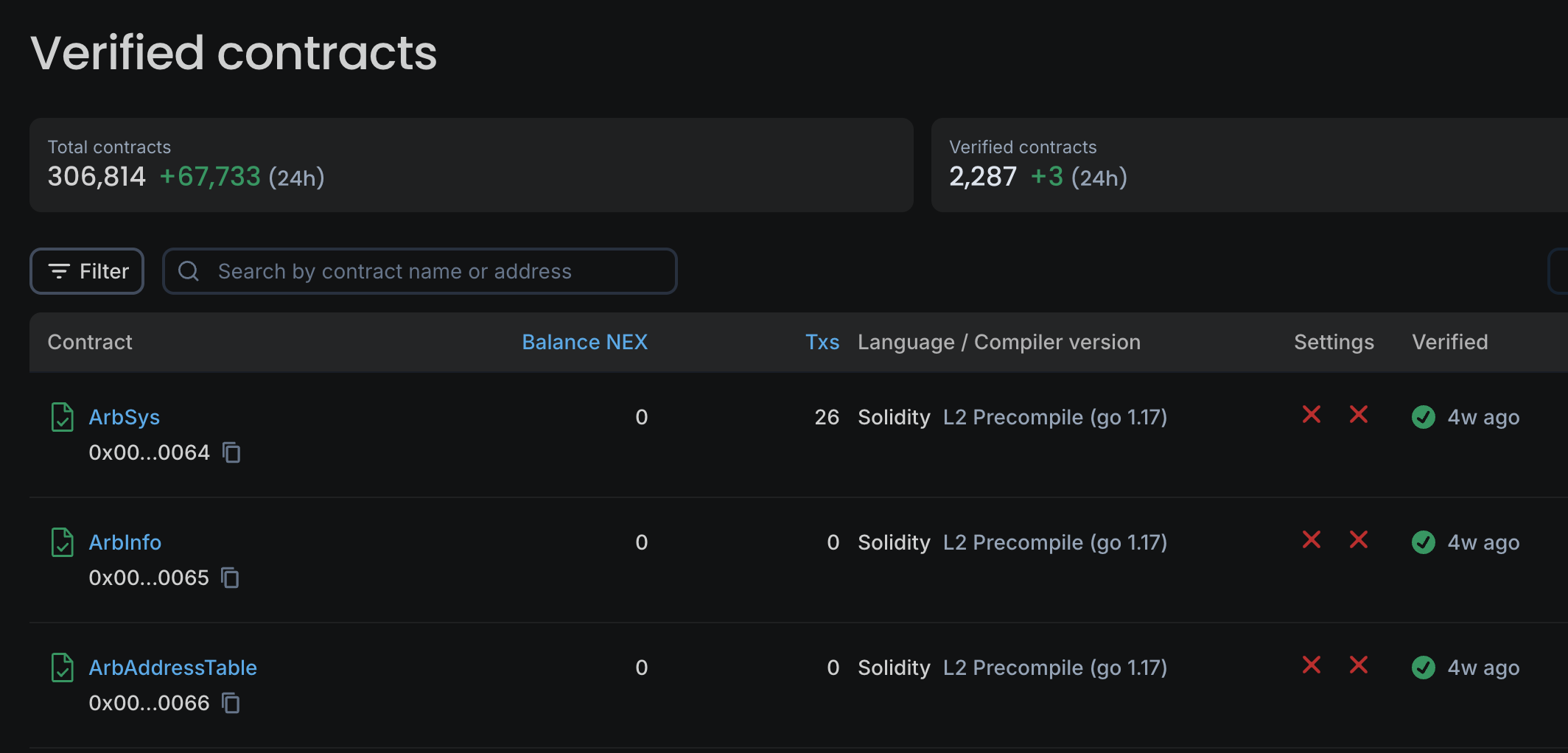
Definition: Fees, also called gas, are paid by users to include their transactions in a block. The fee incentivizes validators to process the transaction.
What it shows: Explorers display fee amounts in native tokens, fee breakdowns (base fee, priority tip), and historical fee charts.
Why it matters: Fees reflect demand. High gas costs usually signal network congestion or high-value competition for block space. They also reveal economic incentives and user friction.
Deeper insight:

Definition: Addresses are public identifiers on the blockchain, similar to account numbers. Total addresses is the count of all unique addresses that have appeared on-chain.
What it shows: Growth in address count suggests increasing adoption. But it’s worth noting that one individual can generate many addresses.
Why it matters: While not a perfect proxy for users, total addresses offer a directional signal. A sharp uptick often follows viral events or ecosystem launches.
Deeper insight:

Definition: Tokens are digital assets created on a blockchain. They can represent anything — currencies, governance power, game items, loyalty points.
What it shows: Explorers index token contracts, showing metadata (name, symbol, decimals), total supply, holders, and transfer history.
Why it matters: Token metrics reveal economic diversity. They help users verify authenticity and monitor token velocity and distribution.
Deeper insight:
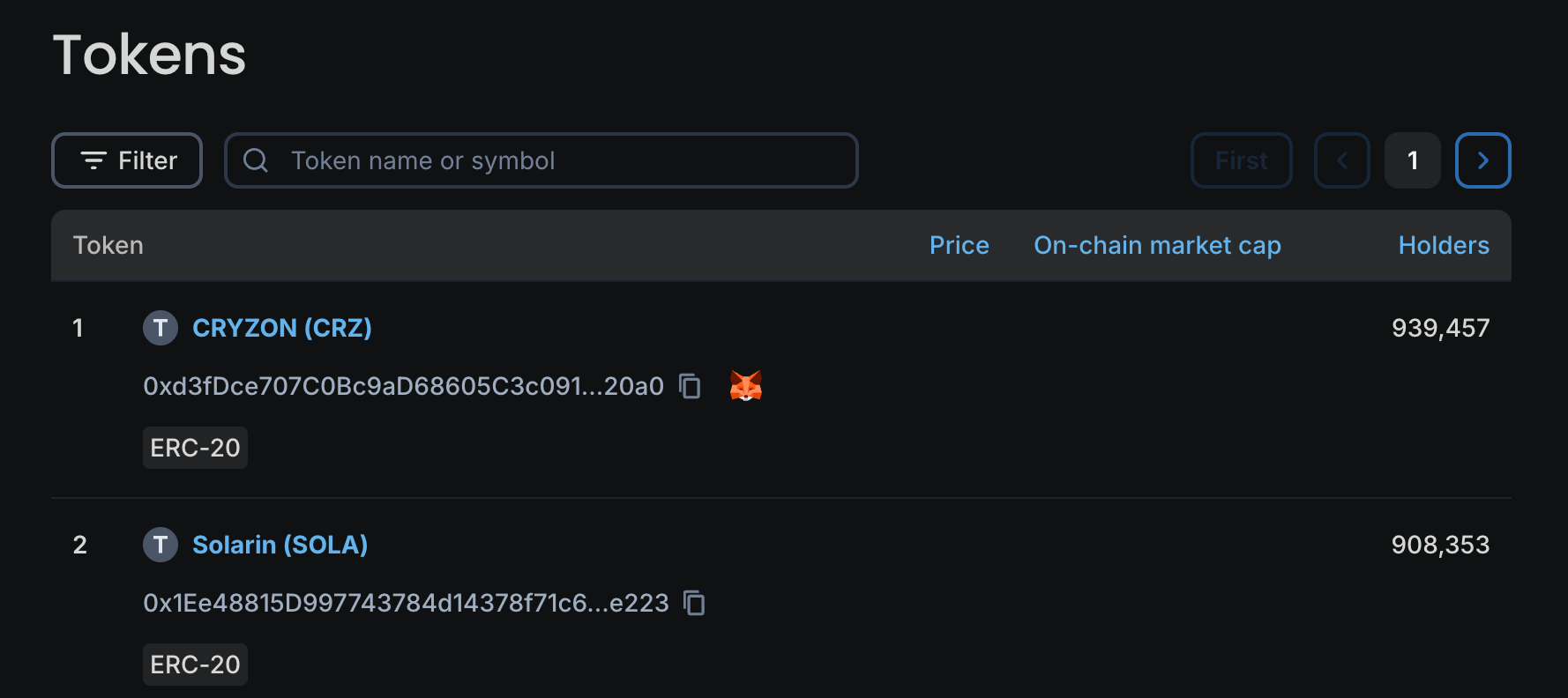
Blockchain explorers are tools that make the infrastructure for a transparent internet accessible. As more of our digital lives move onchain, from payments to credentials to media, explorers will become essential interfaces to inspect and verify what actually happened.
At Nexus, we believe that verifiability is the next frontier of the Internet. Explorers are another layer in that future: Letting everyone — not just experts — look under the hood and see for themselves.